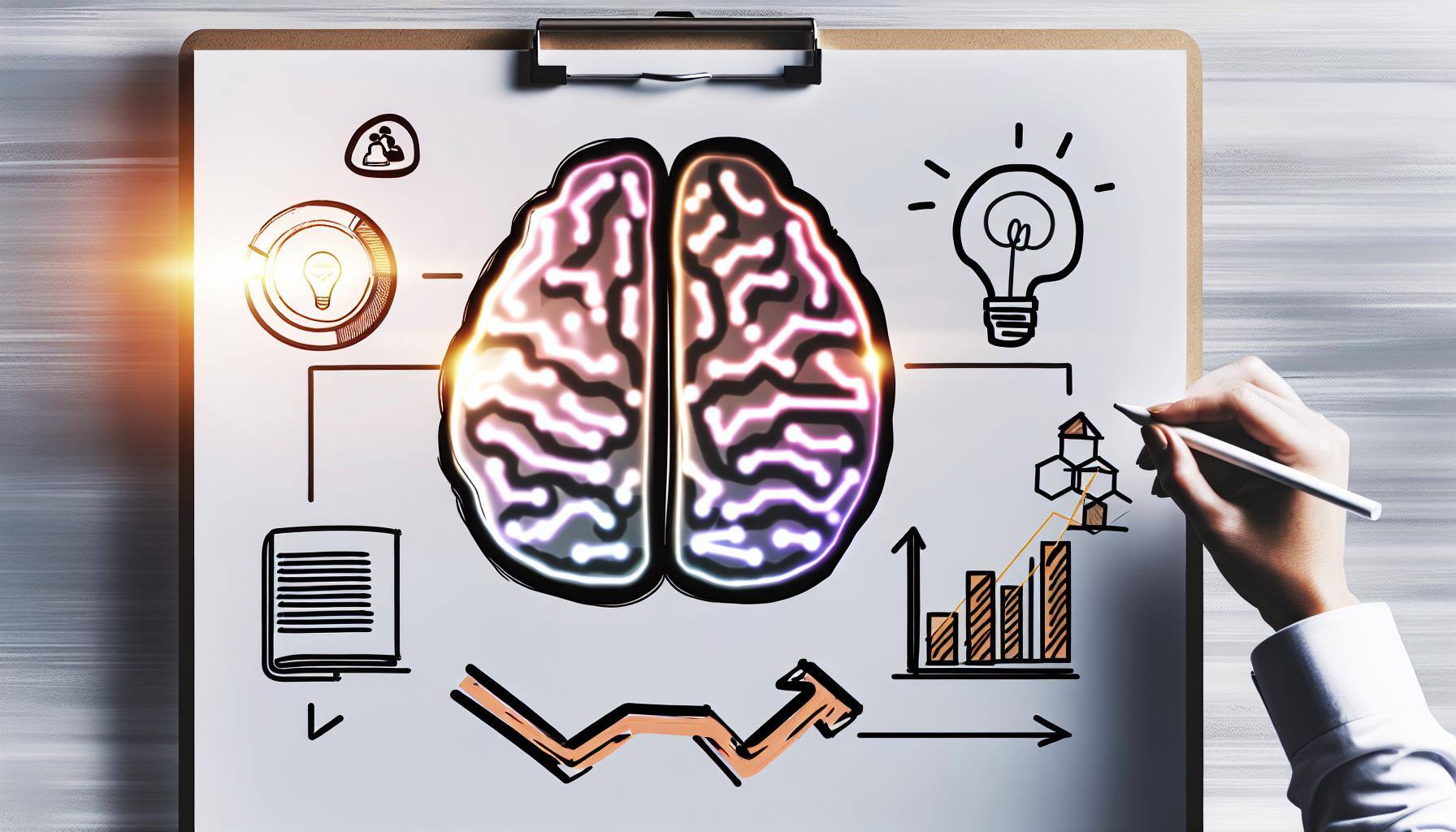
In the realm of neuroscience, few concepts have had as profound an impact on our understanding of learning and memory as the Hebbian synapse. First introduced by psychologist Donald Hebb in 1949, the idea has since become a cornerstone of neuroscience, offering valuable insights into how the brain forms connections and, by extension, how we learn. For educators, particularly those in higher education, exploring Hebbian synapses opens up a world of possibilities for enhancing instructional design and deepening our understanding of learning theory.
What Is a Hebbian Synapse?
At its core, the concept of a Hebbian synapse is straightforward yet powerful. It is based on the principle that "cells that fire together, wire together." This means that when two neurons are repeatedly activated at the same time, the synaptic connection between them strengthens. Over time, this increased connectivity makes it easier for those neurons to communicate, effectively encoding learning and memory in the brain.
Imagine learning to play a musical instrument. Each time you practice a specific chord, the neurons responsible for controlling your fingers and recognizing the notes fire simultaneously. With repeated practice, the synaptic connections between these neurons become stronger, making it easier and more automatic to play the chord in the future. This process, driven by Hebbian learning, is fundamental to mastering any skill, from riding a bike to solving complex mathematical problems.
The Forefront of Hebbian Synapse Research
The study of Hebbian synapses has attracted some of the brightest minds in neuroscience, leading to groundbreaking research that bridges the gap between biological mechanisms and cognitive processes. Key figures such as Eric Kandel, who won the Nobel Prize for his work on the molecular basis of memory, have provided empirical evidence that supports Hebb’s original theory. Kandel’s research demonstrated how changes in synaptic strength, governed by Hebbian principles, are crucial for the formation and retention of memories.
Other researchers, like Terrence Sejnowski and Henry Markram, have extended Hebbian theory into the field of computational neuroscience. Their work has focused on modeling neural networks and synaptic plasticity, offering insights into how learning processes might be replicated in artificial intelligence. These advances not only deepen our understanding of the brain but also open new avenues for applying Hebbian principles in educational settings.
Applying Hebbian Principles in Instructional Design
For university professors, the concept of Hebbian synapses presents an exciting opportunity to refine instructional design and optimize student learning. Here’s how you can leverage Hebbian principles in your teaching:
-
Repetition and Practice: Hebbian learning emphasizes the importance of repetition. To reinforce learning, consider incorporating regular practice opportunities into your curriculum. This might involve drills, practice problems, or repeated exposure to key concepts. By encouraging students to revisit material frequently, you help to strengthen the neural connections associated with that knowledge.
-
Active Engagement: Active learning strategies, such as problem-based learning or group discussions, require students to engage with the material in a dynamic way. When students actively process information and apply it in different contexts, they are more likely to activate the relevant neural circuits simultaneously, thereby reinforcing their learning through Hebbian mechanisms.
-
Scaffolded Learning: Just as Hebbian synapses strengthen over time with repeated activation, students benefit from gradually increasing the complexity of tasks. Scaffolded learning, where support is gradually removed as students gain competence, aligns with Hebbian principles by allowing students to build on existing neural connections and develop deeper understanding.
-
Peer Learning and Collaboration: Encouraging peer learning can enhance Hebbian synaptic strengthening by providing opportunities for students to articulate their understanding and challenge each other’s thinking. When students teach or explain concepts to their peers, they activate and reinforce the relevant neural pathways, contributing to both their own learning and that of their classmates.
-
Feedback and Reflection: Timely feedback helps students understand which neural pathways are being strengthened and which need more attention. Incorporate regular feedback loops into your teaching to guide students in refining their learning processes. Reflection activities, where students consider how they arrived at an answer or how they can improve, also support Hebbian learning by reinforcing the connections between neurons involved in metacognition and self-regulation.
The Future of Learning Theory and Instructional Design
The exploration of Hebbian synapses is not just a fascinating dive into neuroscience; it’s also a call to action for educators. By integrating Hebbian principles into instructional design, professors can create more effective learning environments that resonate with the natural processes of the brain. This approach not only helps students achieve their potential but also aligns with broader educational goals of fostering critical thinking, creativity, and lifelong learning.
As research on Hebbian synapses continues to evolve, it offers a rich vein of knowledge that educators can tap into. By staying informed about the latest developments in neuroscience, professors can continually refine their teaching methods, ensuring that their instructional strategies are grounded in scientific understanding of how the brain learns. In this way, the concept of the Hebbian synapse becomes more than just a theoretical idea—it becomes a practical tool for transforming education and empowering students to excel.